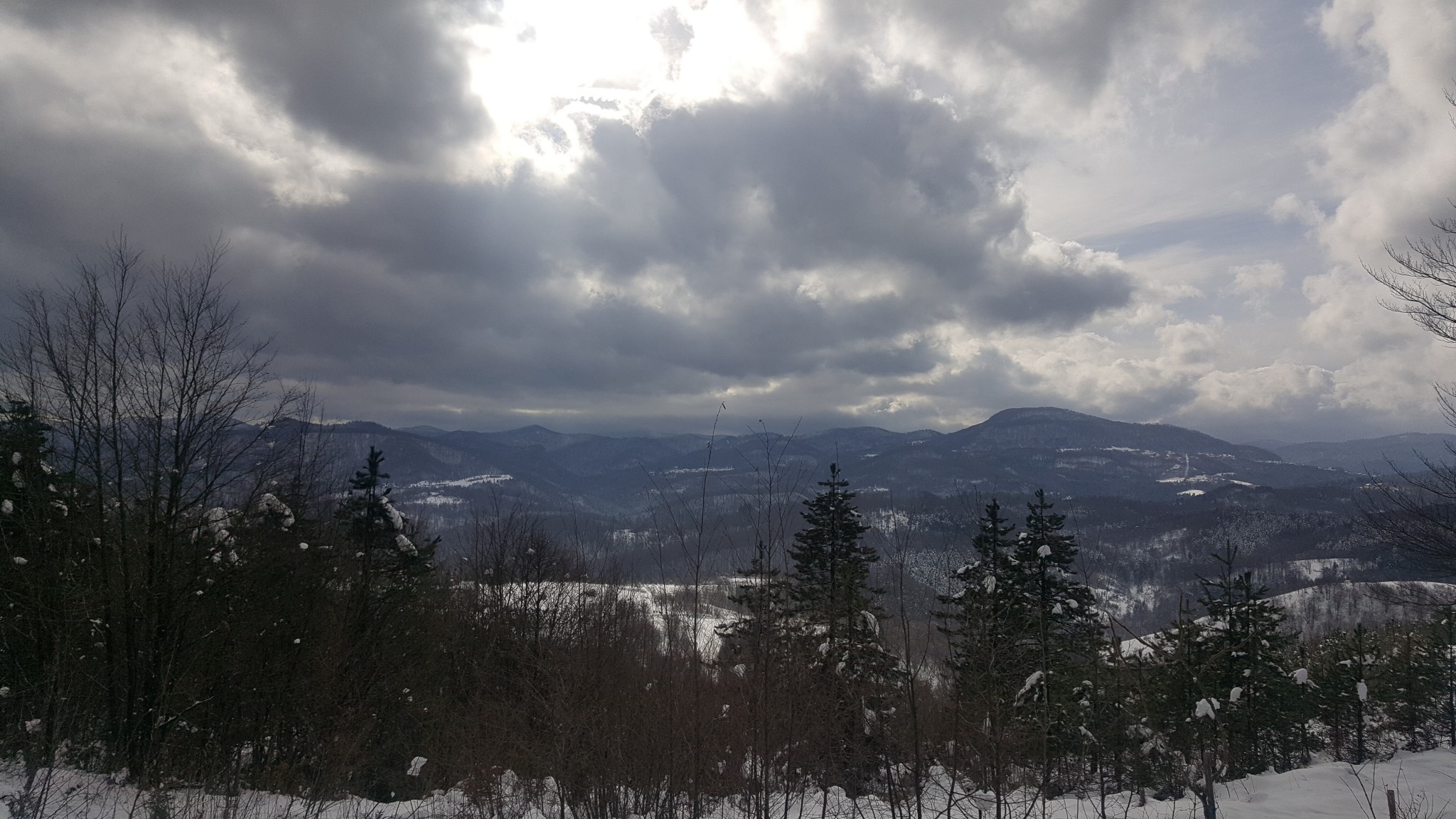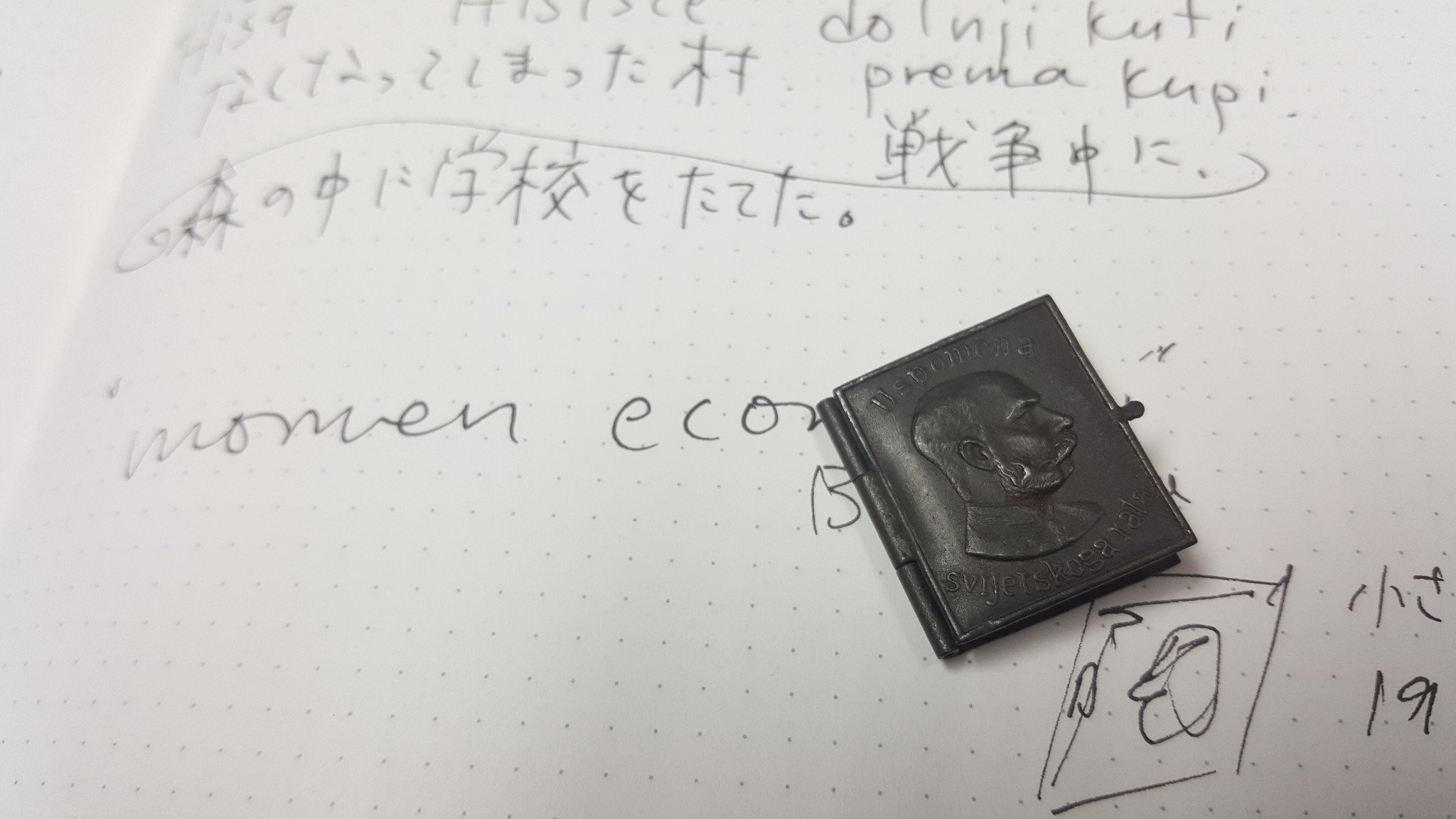In 1936, a group of young people gathered in a tiny village in northern Gorski Kotar with thirty-odd houses and, together with the illustrious Anton Burić, founded the Croatian reading room in Gornji Kuti. It was a book club and a learned society that paved the way of knowledge for future generations.
At the time, reading rooms were reserved for privileged members of society, which makes the endeavour in Kuti all the more miraculous. This exceptional club did not impose any membership restrictions and admitted both boys and girls, as well as adults and youth. Reading rooms, which were a European trend back then, had their own rules and a list of members. They were extremely important, since these knowledge hubs were breeding grounds for new generations that played a pivotal cultural and political role in a young Europe.
It is this particular fragment of history that Gornji Kuti shares with Europe through books and the fostering and dissemination of knowledge. Today, only about 30 elderly residents and 9,000 books remain in Kuti. The number of book caretakers keeps dwindling.

The Gornji Kuti neighbourhood programme is organised in cooperation with the Brod Moravice Municipality. Genuine efforts have been made to reverse the trend of emigration and to restore the focus on the stunning landscape of this region.
The reading room will once again become the centre of cultural life in Brod Moravice and will be given a first-rate programme. Gornji Kuti has recently been visited by artists who have made new works of art dedicated to this region. The idea behind the Kuti village Happy House is to expand to all 38 happy villages in the Brod Moravice Municipality.

PREPROGRAMME
Kuti Neighbourhood Living Room
2 p.m. – 6 p.m.
Location: Croatian Reading Room of Kuti Village, Gornji Kuti 10a, 51312 Brod Moravice
A Living Room with tea and cakes:
– Exhibition “Čampi – or How to Recycle an Old Winter Coat“
– Exhibition “The Smallest, the Biggest, the Thickest, the Thinnest, the Most Read and the Forgotten Books“ – exhibition of books from the Happy House – Gornji Kuti Village Reading Room collection,
– admission of new members,
– the introduction of European partners with a presentation and an exhibition, NIDA Nidzicka Development Foundation, Dzialania Warminski Zakatek Local Group, Poland.
PROGRAMME
5 p.m. – 9 p.m.
5 p.m. – Opening ceremony – Protocol and handover of the time capsule from the Novi Vinodolski Neighbourhood – the programme will be opened by representatives of the Brod Moravice Municipality, the Croatian Reading Room of Kuti village, Primorje-Gorski Kotar County, the City of Rijeka and Rijeka 2020
Location: Croatian Reading Room of Kuti village
5:30 p.m. – Buna Well – Akiko Sato (JP/HR) – art installation unveiling ceremony and discussion with the artists
Buna Well is an artwork by the Japanese artist Akiko Sato (JP/HR), which was inspired by the enchanting natural surroundings of Gornji Kuti village. Uniquely located by the Lower Well, amid a beech forest, it is the product of a year-long process of working with the community and observing all shapes and seasonal changes, with the installation of the one-of-a-kind Buna Well artwork as the end result.
Location: Lower Well
6 p.m. – 8 p.m. – “Plant a Happy House and Knowledge Will Grow” educational forest walk from one happy house to another;
Locations:
– Lower Well – Viktor Jurković reads a poem about the well and a story about water
– Happy House – a reading of a story about the house
– Partisan School – Slavica Grgurić Panjić reads haiku poetry
– St. Andrew – a reading of 4 legends about the Brod Moravice region
8.15 p.m. – further socialising at the reception with a special programme
Location: Croatian Reading Room of Kuti village
ABOUT THE KUTI HAPPY VILLAGE PROGRAMME
“Čampi – or How to Recycle an Old Winter Coat” – a “čamp” is a canvas shoe (slipper) made for domestic use out of various materials by cutting out usable parts of clothing that was no longer worn. They were made by homemakers, mostly in the winter when there was less work outside. They were used inside the house by all members of the household, from children to the elderly, as well as outdoors in dry weather, around the house and outside of the village. High-quality “čampi” were also worn in the winter in dry snow. “Čampi” made for warm and healthy footwear and were cheap to make, excluding one’s own work. They were also eye-catching so people took pride in well-made “čampi”. “Čampi” can be styled as high-top and low-top shoes. The high-top and low-top shoes were called “čampi” and “papuče” (slippers), respectively.

BUNA WELL
Artist: Akiko Sato (JP/HR)
The introduction to the artwork was written by the artist herself.
“Buna is the Japanese word for “beech”, followed by the word “well”. The Lower Well is an outstanding example of the joint effort of the villagers of Gornji Kuti to construct the well in the now distant 1884. When I first visited this place, I was struck by the notion that an entire beech forest was present when it was built and that it still envelopes the old well.
Although there was no wind that day, one of the fallen leaves uncannily rose from the ground, leaving the ground behind, and started floating through the air, swaying left and right. We were left in awe by this peculiar flight, until we realised that the leaf was tethered by invisible threads spun by a spider high up in the beech tree.
I interpreted the messages from nature as an augury on the path of artistic creation. They guided me through the creative process in the form of subtle and meaningful suggestions, directing me where to continue and what decision to make about the organic artistic process. They pervaded my imagination and thoughts with growing clarity.
Connecting these dots on a mental map as a form of mutual interaction led to the assumption that nature participated in making every decision in this process.
The Buna Well is a research piece that stems from the notion of communicating with nature and seeking ways to achieve this. What do we, as humans, create and are able to create as conscious inhabitants of planet Earth? Is there a reminder or symbol that we can leave behind for future generations with an inscription dedicated to the value and protection of all other life forms? Seeing as how our body is a part of these recycled landscapes, maybe we could try to alter our opinions and thoughts, which are endlessly transmitted into the atmospheric field through an artistic process.
I made a series of sketches of meeting Mother Beech (the primary tree). Our bodies have become conduits for information through simple sketches. The entire process shifted into an introspection of personal emotions, as if the very act of sketching prompted the elements to emotionally and physically interact at different levels of magnetic gravitational frequencies in the holographic nature of the Universe.
There are many layers to these studies and maybe this is more about the process of breaking away from the old way of contemplating communication with nature. We all knew how to communicate with different elements when we were children playing outdoors. In the mutual communication between emotions and the forces of nature, alternating in this special place were feelings of nostalgia and memories of such a childhood, as well as of the fact that playing and communicating with elements of nature no longer stimulate the lives we live.
The Buna Well is a humble dialogue with nature, which is why I tell a sensory story that can be accessed through the new door of the water tank, here on the site of the Lower Well. Three glass containers will be placed in the tank from which objects will be showing. This ancient technology has been utilised for millennia as a way that old cultures enriched water. The resonance of decanting life with a magnificent organism that is the beech forest, water as a shape-shifting narrator, rocks, animals, insects and the many people who have provided me with a plethora of information, as well as professional knowledge and skill. This is the beginning of my new adventure and I hope that you will enjoy your visit to the Buna Well site and add some of your own intellectual intention in shaping our joint future.”
Akiko Sato, Kuti, 17 July 2020
ABOUT THE SITE
Lower Well – Gornji Kuti village – This main, ample and inexhaustible drinking water spring with a spring-water intake, a concrete 100m3 tank and a device for extracting water, was built as early as 1887. Despite its age, the spring is still functional, although seldom used. It is located in an area known as Izgon, approximately 350 m from the centre of Kuti village. (Source: Springs of the Brod Moravice Region, Boris Golik, Brod Moravice, 2007) This natural and cultural heritage site has been reconstructed and renovated as part of the 27 Neighbourhoods flagship.
ABOUT THE ARTIST
Akiko Sato (Mie, Japan, 1967) studied Interior Architecture at the Kuwasawa Design School in Tokyo and graduated from the Cornish College of the Arts in Seattle with a degree in Sculpting (1999). She lived for several years in New York, where she participated in various performance projects as a costume and stage designer for notable multimedia dance troupes, such as Gabi Christa, Troika Ranch and the multidisciplinary poet Tracie Morris. She has been living in Croatia from 2003 and some of her more noteworthy exhibitions on the Croatian scene include the installation Emotion Shelter (Glyptotheque of the Croatian Academy of Science and Arts, 2008) and the “work in progress” Red Cube intervention on the “Chinese Wall” (“Chinese Wall” building, Planičićeva Street, Split, 2013).